Company Seven | Quality Control, Testing, and Certification Services
Right: Star test diffraction pattern typical of a Questar 3-1/2 telescope, one of the finest telescopes in regular production.
Company Seven Remains Special In The Amateur Community: Over the recent several decades we observed dramatic swings of innovation and also of quality control in the marketplace. This has been paralleled by a decline in the number of community oriented specialty companies so that most retailers of telescopes today are camera stores that incidentally sell telescopes (and washers and dryers, etc.). More and more retailers are 'E-Tail' oriented, a business model that prompts them to avoid direct interaction with the customer whenever possible. The larger volume oriented sellers are rewarded by many manufacturers with the best pricing and terms, and with optimal promotional placement. Most of these retailers can not understand the qualities of the telescopes they sell since they drop ship orders directly from the factory to customer; this practice is economical for them since they never need to pay for warehouse space or take time to look inside the box then repack it. Over recent years some now claim to inspect telescopes, but they usually lack facilities and competence (if not integrity) to do this proficiently so that some certificates are not worth the paper they are printed on. And when packing or shipping damage or other problems arise these merchants can simply blow off the customer, referring them away and over to a usually understaffed factory customer service department. But Company Seven is not a volume oriented company. Instead our business model is based on working to insure our select clientele becomes highly successful. This is more important to us than our growing to beyond manageable proportions. We also have another side of our company that is involved optics and other technologies for government and industry, and our consumer side can remain idealistic promoting our hobby while we can be paid along the way. While our model has its strengths there are some few weaknesses too. Regardless, C7 and our customers have prospered in a retail environment due to our selecting to offer good products, our experience and competence, and our customer-advocate mentality where we protect our customers from disappointment and stress. We operate on the principle that we work for our customer, while the manufacturers of our products in turn work for Company Seven. Our quality control programs begin well before the sale by choosing products that are not likely to disappoint. We are looking for products that bring the basic qualities that with some fine tuning by Company Seven will make our customers happy. By us doing the 'beta testing' and adjusting as needed of new products, etc. we truly are offering nothing that we would not recommend to our own friends. This means there are many telescopes marketed that Company Seven will not sell.
I asked one of our techs to go over this telescope to see if we could at least get this telescope working to a point where we could give it to some kid? Our tech suggested we'd spend $400 of effort to make this a $100 telescope, so the best place for this telescope would be the dumpster. When I pressed him he asked me in reply "but why would you do this to a child?"
Click on image to see enlarged view. It was during the most recent visit of Comet-Halley (1985-1986) when first noted the quality control at most mass production telescope factories was notably compromised to increase production. With the goal of reducing returns and improving customer success we instituted our own quality control programs. Our programs evolved over time from initially merely looking inside to insure all parts arrived intact and were all there in the box, to unpacking then assembling and testing electronics and the optics to assure nominal operation. By doing so we also gained uncommonly high degree of experience: we came to know exactly how the focuser of that model telescope should feel at its best, we know how well the optics can be made, etc.
The next phase of our quality control process is to actually see each arriving product: did it arrive here in one piece? So we check the contents to assure they are complete, have optimal cosmetics - no dings or other notable issues, their mechanisms have smooth and accurate operation, we will insure the optics we deliver will be among the best examples of what the factory can produce. In some cases we actually improve upon what is delivered by the factory upgrading this or that, improving the feel of a mechanism, improving the baffling, etc. Company Seven's team is in an uncommonly good position to keep our finger on the pulse of the qualities of incoming products because virtually every order that could vary in quality control or suffer damage in transit is shipped though Company Seven first.
|
||||||
 Right: Damaged Secondary Mirror as it arrived at Company Seven in a Orion SkyQuest™ XT10 IntelliScope™ 10 inch telescope. Three of the knurled knobs that hold the Spider in place in the optical tube worked loose in transit allowing the assembly to fall against the wall of the tube bending one Spider Vane and chipping the Secondary Mirror. We replaced the entire assembly.
Right: Damaged Secondary Mirror as it arrived at Company Seven in a Orion SkyQuest™ XT10 IntelliScope™ 10 inch telescope. Three of the knurled knobs that hold the Spider in place in the optical tube worked loose in transit allowing the assembly to fall against the wall of the tube bending one Spider Vane and chipping the Secondary Mirror. We replaced the entire assembly.Click on image to see enlarged view.
|
||||||

Left: Four Baader Planetarium Oxygen III Nebula Filters that arrived with their plastic cases damaged caused by the carton having been dropped while in transit. Click on the images above to enlarged views.
|
||||||
|
Knowing that even we are human and may err or that problems can develop over time, so we stand by to promptly assist our customers after delivery too so that our customer will not suffer the antagonisms and the often noteworthy expenses of having to deal with others.
So while most retailers boast about their high volume of sales, Company Seven boats the lowest telescope customer return rate in the industry! Our customers tend to keep and enjoy the equipment they buy here better and for longer than that sold elsewhere. This may explain why Company Seven sells such a disproportionately higher percentage of the better and larger amateur telescopes too - the more astute and demanding customers search us out. |
||||||
|
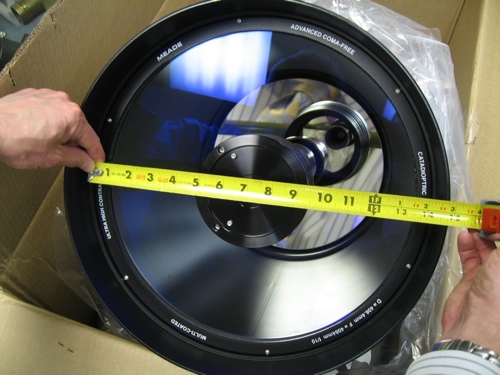
Above: HOW MANY MM = 14 INCHES? someone at Meade Instruments obviously forgot. Images taken by Company Seven
after failed acceptance evaluation of this new Meade 12 inch telescope S/N 107409 received 24 March 2009. Relegated to temporary display status at our showroom until the label can be replaced; otherwise this telescope was collimated then tested just fine. Click on images to see enlarged view.
"Where ignorance is bliss, 'tis folly to be wise" Company Seven continues to experience instances where manufacturer claims do not correspond to the realities of what are delivered, this is why we prefer to check the systems that arrive here. The amateur rarely knows exactly what they are buying, while most sellers do not know or care to know - counting on the customer to simply assume "this is as good as it gets".
Consider the following experience with two 16 inch mirrors made for Newtonian optical tubes. The maker of the mirrors above was informed in advance that these mirrors were to be sent first to Company Seven for evaluation on behalf of our customer, then on to the manufacturer for assembly into a new system. The mirrors arrived at Company Seven in September 2009:
Upon arrival here our simple but effective subjective preliminary evaluations determined these mirrors do not meet our criteria, there was no justification to proceed with objective test methods. We contacted the maker of the telescope, they source their mirror optics from another shop that is generally well regarded. When we contacted the maker of the telescope to discuss their standards they guessed the optics should be 1/4 or maybe 1/6 wave Peak to Valley however, they do not demand a specification in their procurement neither do they test the optics upon arrival. This is not unprecedented in the industry since makers of some telescopes can be talented mechanical engineers but lack optical testing facilities and experience. The maker explained that 'no other customer complains about our optics' - we hear this quite often from amateur oriented manufacturers. Company Seven returned both the mirrors to the telescope maker while awaiting replacements - these of course will be tested by us. Our customer was notified and replied:
inspect the optics before they are put in the telescopes." One might argue these mirrors may be a reasonable value for the price paid since to have a professional optics lab make mirrors to a legitimate 1/4 wave could be far more costly. Regardless, most of our clients prefer to know so they can choose from a position of having been well informed.
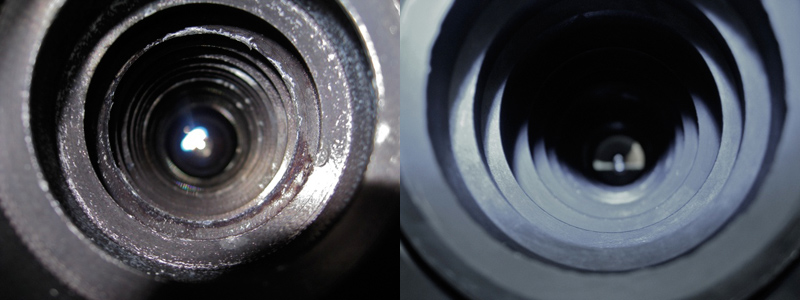
Above: left - images of a new 14 inch telescope rear cell taken by C7 during acceptance testing 18 June 2010. The optics were adjusted and passed however, some mechanics failed (left) but were remedied (right) by Company Seven.

Above: Thru focus star test at C7 during failed acceptance testing of new The optics are made well with Poisson's spot visible at center however, the system was failed and returned to the manufacturer. Do you see what is obvious to us?

Above: this Questar Questar 50th Anniversary Model telescope Dew Shield/Lens Shade was bent during rolling, resulting in a ridge spanning the length (left to right) of the star chart. This was found during failed acceptance testing at Company Seven, 21 Feb 2011 (34,680 bytes). The finer the telescope and the more costly it is, the higher will be the standard that it must meet at Company Seven. Mouse over the image to see alternative view (34,241 bytes).
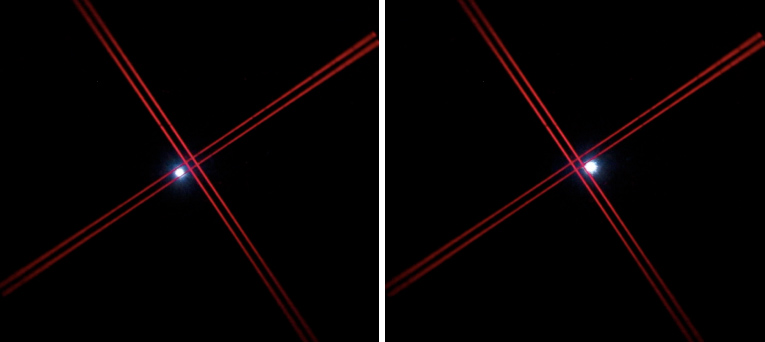
Above: frame clips (40,121 bytes) from a .mp4 video demonstrating image shift in a telescope. This may be seen to one degree or another when moving the focus control of many consumer Cassegrain style telescopes when the Primary Mirror moves back and forth to focus. In this example a star jumps rapidly left to right across the blinking crosshairs of a 12mm illuminated reticle eyepiece, with just the slightest touch of the focus control. Click on the image above to bring up a pop-up window with the .mp4 video (189,847 bytes). Note this has no audio track.
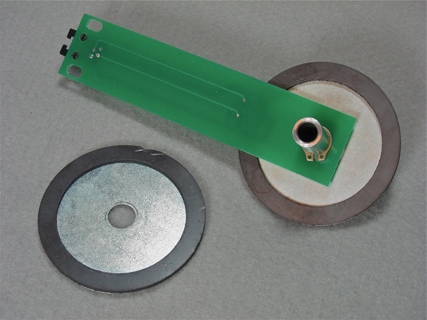
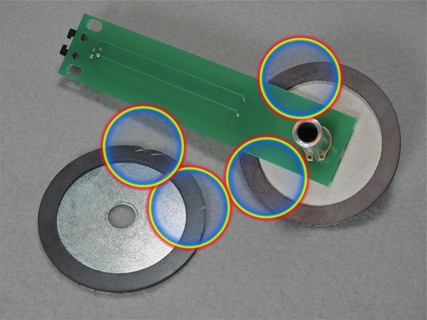
Above: encoder discs received with two newly arrived XT-10i IntelliScope™ telescopes (54,909 bytes). At right the defects are circled for easier identification (60,494 bytes). The magnets are nicked and because of this the customer, who probably would never have seen this since these arrive built-in within another component, would not have been able to get the telescope to point accurately. Worse than not working, it would have appeared to work but inaccurately and getting worse over the observing session. Click on the image to see the enlarged view (275,290 bytes).

Above: correct and factory-defective Leica DUOVID 8 + 12 x 42 binoculars at Company Seven (50,928 bytes).
The black binocular in this image is a DUOVID 8 + 12 x 42, can you see the anomaly? It was assembled at the factory with the improper designation components, and
Where will you choose to buy your own Leica?

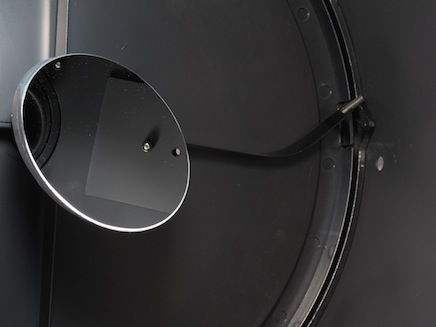
Above: new Orion XX-14g 'go to' astronomical telescope upper cage assembly, as it arrived at Company Seven (50,525 and 27,117 bytes). Close up view shows its bent Secondary Mirror Spider, and in the reflection of the Secondary Mirror one can see an open hole in the upper cage wall where a fastening bolt worked loose and fell out. This telescope was poorly assembled in China, then came apart while in transit damaging the front cover, front cell trim ring, secondary Spider, and scraping the paint of the cage. The damaged components of the XX-14g were replaced by by Company Seven from our stock to expedite delivery to our customer. The damaged components were returned to Orion.
Most companies selling optics today are E-Tailers who never look inside, can not be bothered about giving much good advice before the sale, and they will want to be bothered even less by you
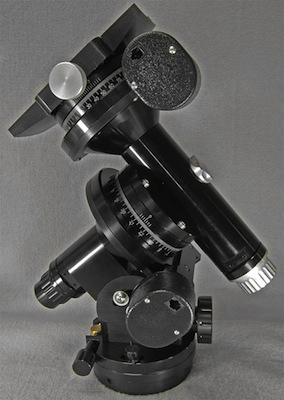
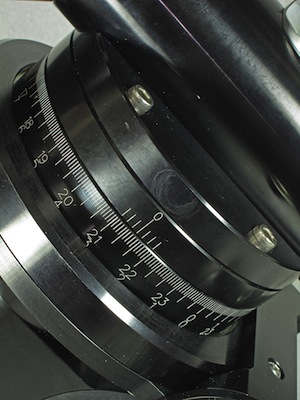
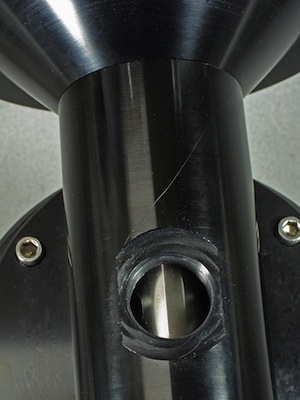
Above: new Losmandy G-11 German Equatorial Mount head, as it arrived at Company Seven from the factory and failed our acceptance evaluations (40,296 and 44,042 and 33,842 bytes). This mount has spotty/splotchy and uneven anodizing of some components, and a very obvious scratch along the Declination Axis housing deep through the anodizing and into the aluminum. The owner of Company Seven was so annoyed at this obvious waste of our time that the subject line of his E-Mail read:
"Losmandy G-11...this one must have been destined for one of your other retailers"
You Want More Proof?
So before you believe that promise uttered by another vendor or their piece of paper, ask them if their Interferometer (read below) or their testing standards looks anything like those of Company Seven:


Above left: artificial star, this one is 5 micron diameter and is among several sizes we employ For The Professional Community: The test methods employed in our routine quality control inspections of telescopes sold by our showroom include resolution testing, and or artificial or natural star testing. We also provide fee-based high precision testing with a system that will provide documentation. This is by means of a a professional Zygo GPI Large Aperture Phase-Measurement Interferometer that will provide a very accurate characterization of the telescope. 
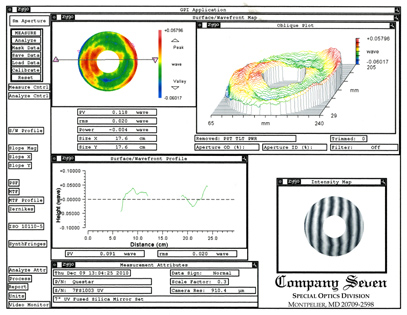
Above: Zygo GPI Interferometer. To the right is a test report we provided with a new Questar 7-based instrument with Quartz Corrector and Primary Mirror (70,865 Bytes). Testing is usually performed at 632.8nm although testing at other wavelengths is available by special request. The testing can be performed at partial or full aperture, with the telescope optically aligned and set to nominal infinity focus. The Zygo GPI with standard camera provides 307,000 data points, and the testing can provide information requested including:
b) Measure of System Peak to Valley c) Measure of System RMS d) Measure of System MTF e) Measure of System PSF - energy concentration at focus f) Surface / Wave front diagram These test reports will then be delivered to the client in the forms of a printout, and in Code V and Zygo formats.
|


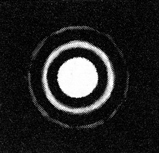 Company Seven is one of the few remaining telescope specialty companies operating in the Americas and serving an international clientele. We maintain an unrivaled
Company Seven is one of the few remaining telescope specialty companies operating in the Americas and serving an international clientele. We maintain an unrivaled 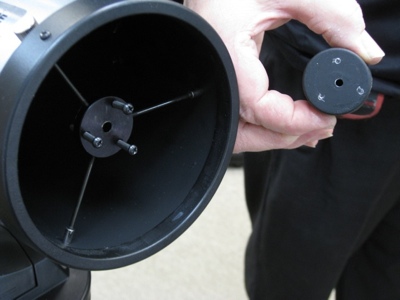
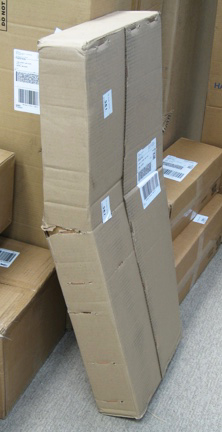
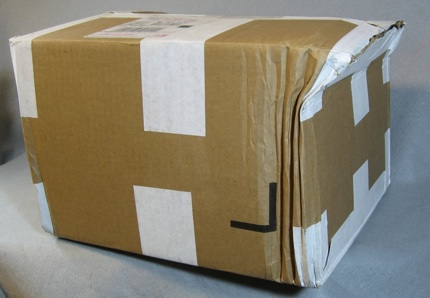

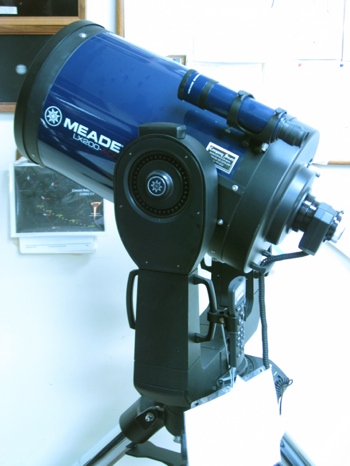
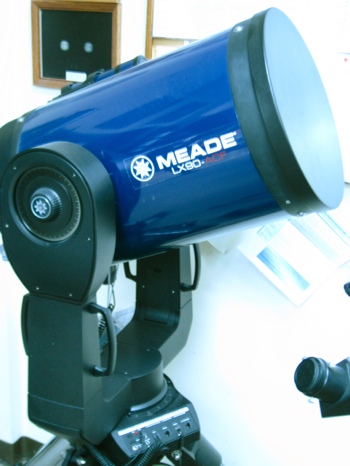
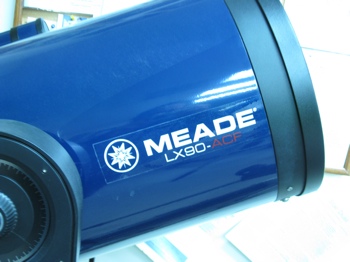



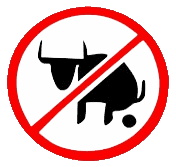 Today several other retailers claim they "test" newly arrived telescopes; some may even open the box and look inside or do a bit more. A few claim to have built devices to test optics too but while these can have some value they are limited in accuracy by many factors including: their precision, software, speaking the same language (P-V or RMS?), or a home-made Interferometer testing at as few as ten or twenty points across the wavefront. So their claims of "my 1/20th wave
Today several other retailers claim they "test" newly arrived telescopes; some may even open the box and look inside or do a bit more. A few claim to have built devices to test optics too but while these can have some value they are limited in accuracy by many factors including: their precision, software, speaking the same language (P-V or RMS?), or a home-made Interferometer testing at as few as ten or twenty points across the wavefront. So their claims of "my 1/20th wave